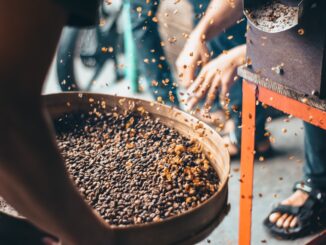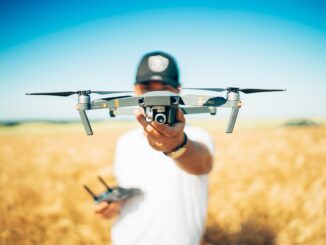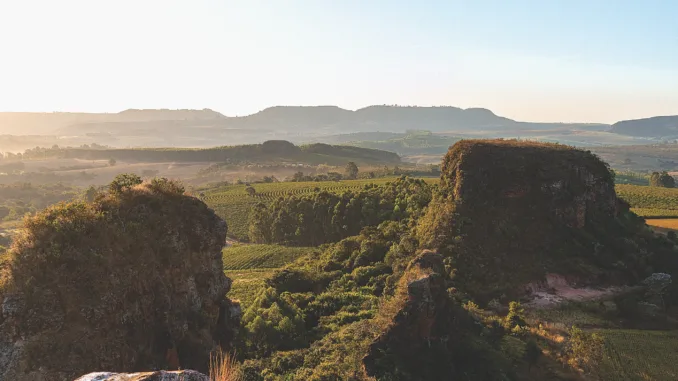
Discover how Ana Luiza Pellicer, COO of Mió coffee farm, is leading the charge in revolutionizing coffee farming through precision agriculture.
BY VASILEIA FANARIOTI
SENIOR ONLINE CORRESPONDENT
Photos courtesy of Mió
In the heart of Brazil’s coffee country, nestled in Monte Santo de Minas, Ana Luiza Pellicer leads the charge as chief operating officer at the Mió coffee farm. With a family legacy spanning four generations in coffee production, Ana brings a deep-rooted passion for sustainability and innovation to the table.
At Mió, a forward-thinking approach to farming is evident, as the farm spearheads the adoption of precision agriculture techniques. By harnessing data-driven insights, Mió optimizes farming practices to enhance efficiency and sustainability.
Today, Ana shares her insights into how precision agriculture is revolutionizing coffee farming at Mió, and how it could shape the future of the industry.
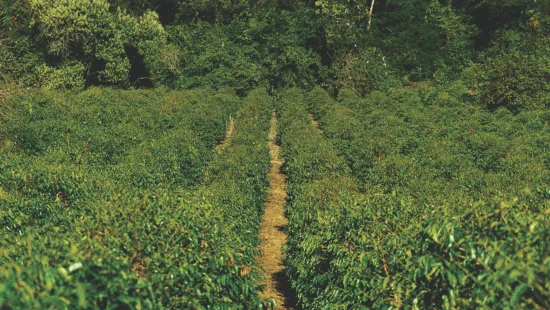
Barista Magazine: Could you briefly explain what precision agriculture is?
Ana Luiza Pellicer: Precision agriculture is a farming management system that uses field data to make decisions about crop needs. It uses geo-referenced data (collected by satellites, for example), plus other sources of information such as soil composition, yield, production and quality indicators, soil maps, and so on.
All these measurements will then be analyzed and used to make decisions and predictions on crop management. The main goal of precision agriculture is to ensure that the right resources or products are placed at the right location at the right time—and in the right amount. It’s not only about having the tools, but also about using them smartly.
Can you provide an overview of how precision agriculture is currently utilized at Mió?
At Mió, we’re deeply invested in precision agriculture. We partner with Solinftec and other platforms such as GeoCoopercitrus and GA to integrate various data sources like satellite imagery, soil composition, and weather forecasts. This allows us to optimize resource allocation, minimize environmental impact, and enhance overall farm efficiency.
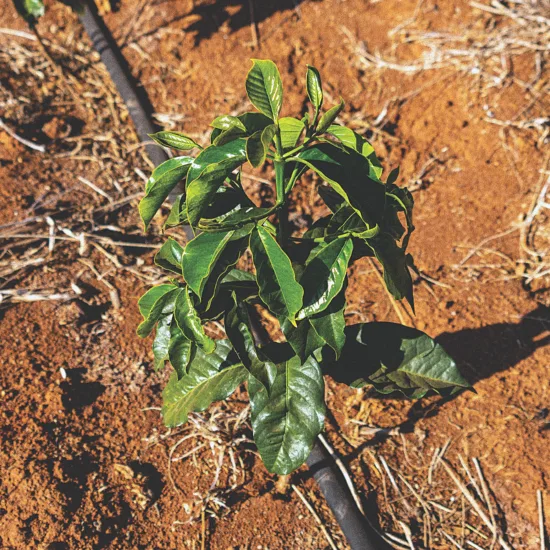
What specific types of data do you collect from the farm, and how is this data analyzed to inform decision-making?
We collect a vast array of data, ranging from real-time harvest information to machinery efficiency metrics and soil analysis. This data is analyzed meticulously to track productivity, identify areas for improvement, and optimize resource allocation. For instance, analyzing machinery efficiency helps us determine maintenance needs and identify operational bottlenecks, leading to enhanced performance and cost savings.
How does precision agriculture contribute to sustainability practices at Mió?
Precision agriculture plays a crucial role in promoting sustainability across environmental, social, and economic dimensions. By minimizing pesticide and fertilizer usage, optimizing irrigation, and protecting soil health, we reduce our environmental footprint while improving long-term farm viability. Moreover, by enhancing worker conditions and optimizing resource utilization, we foster social sustainability within our community.
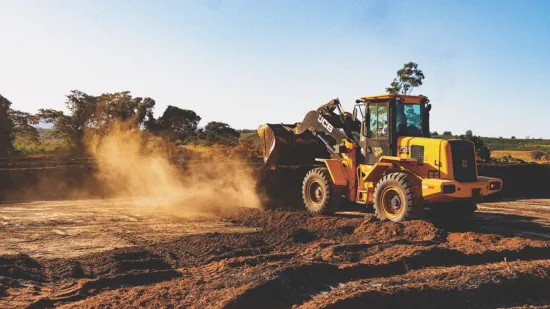
Could you walk us through a typical decision-making process based on the data collected through precision agriculture techniques?
Let’s take the example of planning a new coffee farm area. We start by analyzing data on altitude, terrain differences, water flow, and soil moisture to design optimal planting strategies. This information is then translated into step-by-step instructions for tractor operators, ensuring precise execution and real-time monitoring. By integrating historical and real-time data, we can make informed decisions that optimize productivity and resource utilization.
How does Mió adapt its precision agriculture practices to accommodate variations in soil, climate, and other environmental factors?
Flexibility is key in adapting precision agriculture practices to accommodate variations in soil, climate, and environmental factors. By leveraging data-driven insights, we tailor our farming strategies to specific conditions, ensuring optimal performance and resource utilization. This adaptive approach allows us to mitigate risks and maximize productivity in diverse agricultural environments.
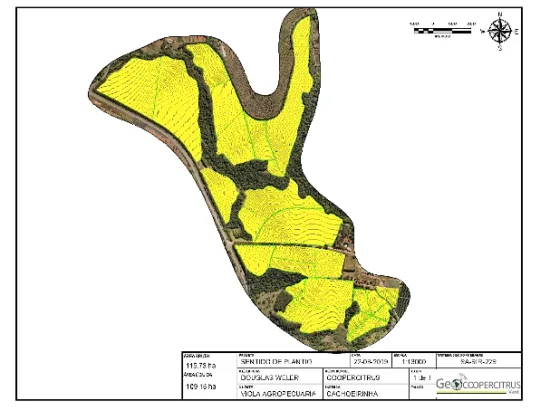
What challenges have you encountered in implementing precision agriculture, and how have you addressed them?
Implementing precision agriculture posed initial challenges, including resistance to adopting new technologies and the learning curve associated with data-intensive farming methods. However, through education, training, and demonstrating the tangible benefits of precision agriculture, we have successfully overcome these challenges. By fostering a culture of innovation and continuous improvement, we’ve gained widespread acceptance among stakeholders.
Can you share any specific examples of how precision agriculture has led to increased efficiency or improved yields at Mió?
By optimizing resource allocation, enhancing monitoring capabilities, and making data-driven decisions, we’ve achieved higher productivity, reduced costs, and improved overall farm performance. For instance, by analyzing soil data and implementing targeted irrigation practices, we’ve optimized water usage and improved crop yields.
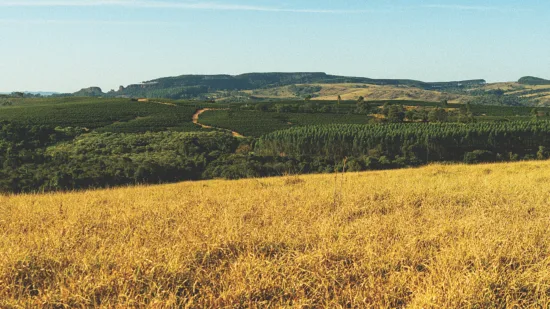
How do you ensure that the benefits of precision agriculture are effectively communicated and understood by all stakeholders, including farmers and workers?
Effective communication of the benefits of precision agriculture is essential. We invest in ongoing education, training, and engagement with stakeholders to ensure that they understand the advantages of data-driven farming practices. By highlighting the positive outcomes and demonstrating the value of precision agriculture in enhancing efficiency, sustainability, and profitability, we foster widespread adoption and support.
In what ways do you see precision agriculture evolving in the future, both at Mió and in the industry as a whole?
Looking ahead, precision agriculture is poised to evolve further, driven by advancements in technology and analytics. At Mió and across the industry, we anticipate continued innovation in areas like automation, artificial intelligence, and remote sensing. By harnessing these technologies, we aim to further optimize productivity, sustainability, and quality in farming, while empowering farmers and enhancing environmental stewardship.
ABOUT THE AUTHOR
Vasileia Fanarioti (she/her) is a senior online correspondent for Barista Magazine and a freelance copywriter and editor with a primary focus on the coffee niche. She has also been a volunteer copywriter for the I’M NOT A BARISTA NPO, providing content to help educate people about baristas and their work.
Subscribe and More!
Out now: It’s the April + May 2024 issue of Barista Magazine! Read it for free with our digital edition. And for more than three years’ worth of issues, visit our digital edition archives here.
You can order a hard copy of the magazine through our online store here, or start a subscription for one year or two.




